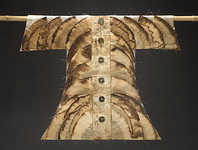 Exhibitions based on handicrafts have been making a big comeback in the Bay Area in recent years, what with the city’s two museums dedicated to crafts helping to spotlight artists who work in handicraft media and organizations like YBCA also doing their part to put on exhibitions focusing on crafts.
Exhibitions based on handicrafts have been making a big comeback in the Bay Area in recent years, what with the city’s two museums dedicated to crafts helping to spotlight artists who work in handicraft media and organizations like YBCA also doing their part to put on exhibitions focusing on crafts.
The visual art show of works by the fiber/DIMENSIONS artists’ collective currently going on at The Presidio Officers’ Club Exhibition Hall through December 19 — intersections 5 — furthers the campaign to divest basket-weaving, knitting, crochet, applique and other time-honored techniques from the musty clutches of the village hall blue rinse brigade.
The diverse exhibition curated by Richard Elliott includes everything from kimonos made of stained coffee filters (a fascinating combination of Eastern and Western cultural traditions) by Lucia Matzger (pictured), to delicate lace forms by Jeanette Carr. The variety and color on display as well as the ways in which the artists nudge us into thinking about the materials and unusual structures they take makes us the world of things in a new way.

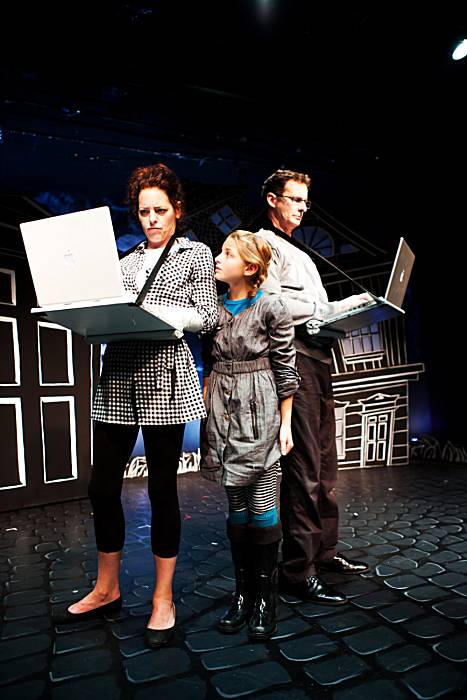
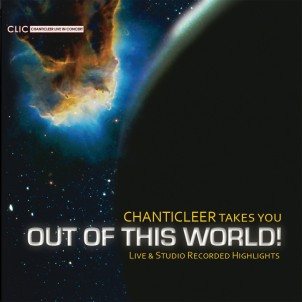
 Shattered but happy after pulling off first ever full-scale fundraising event for
Shattered but happy after pulling off first ever full-scale fundraising event for 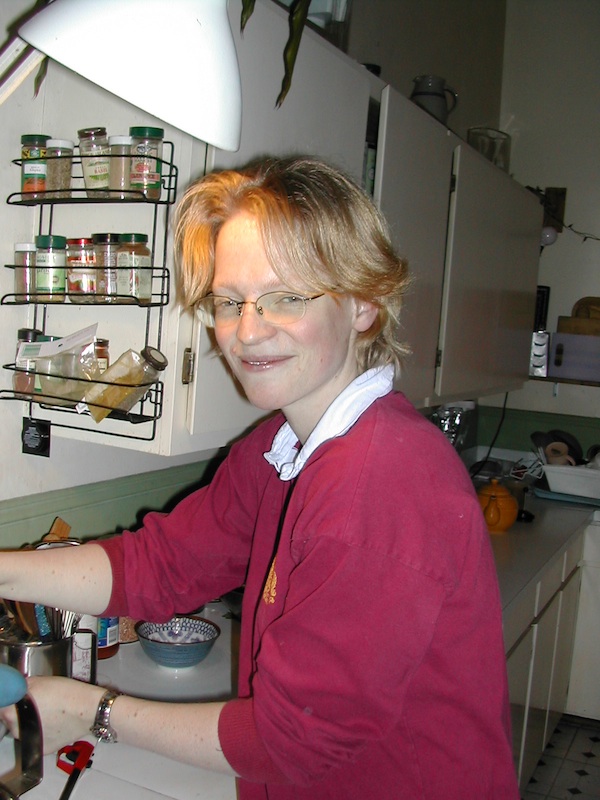 When ArtsJournal publishes memorial pieces or formal obituaries, they’re usually of household names or at least leading figures in the world of the arts. This morning, however, I’d like to pay homage to an amazing choreographer, beautiful dancer, deep thinker and dear friend, Niki Pollard, who passed away on Monday following a nearly five-year battle against cancer. She was 37 years old.
When ArtsJournal publishes memorial pieces or formal obituaries, they’re usually of household names or at least leading figures in the world of the arts. This morning, however, I’d like to pay homage to an amazing choreographer, beautiful dancer, deep thinker and dear friend, Niki Pollard, who passed away on Monday following a nearly five-year battle against cancer. She was 37 years old. The festive season is fast approaching and once again the Bay Area is abundant with opportunities for listening to and singing along with The Messiah. Here is a shortlist of some of the regional outings of Handel’s holiday favorite in the coming weeks:
The festive season is fast approaching and once again the Bay Area is abundant with opportunities for listening to and singing along with The Messiah. Here is a shortlist of some of the regional outings of Handel’s holiday favorite in the coming weeks: There seem to be two schools of thought on the question of whether performers who are sick should attend rehearsals or stay away.
There seem to be two schools of thought on the question of whether performers who are sick should attend rehearsals or stay away. The American rocker Rufus Wainwright stepped out before an expectant audience at Davies Symphony Hall for the world premiere of his new song cycle based on five sonnets by William Shakespeare dressed in a puffy, white Renaissance shirt embellished with what looked like a piece of squashed Victoria sponge cake, lilac taffeta trousers and patent black clogs. A silver chain-link necklace glistened between the dark hairs on his pale chest.
The American rocker Rufus Wainwright stepped out before an expectant audience at Davies Symphony Hall for the world premiere of his new song cycle based on five sonnets by William Shakespeare dressed in a puffy, white Renaissance shirt embellished with what looked like a piece of squashed Victoria sponge cake, lilac taffeta trousers and patent black clogs. A silver chain-link necklace glistened between the dark hairs on his pale chest. Soprano Measha Brueggergosman performed her recital debut in San Francisco last night under the auspices of
Soprano Measha Brueggergosman performed her recital debut in San Francisco last night under the auspices of 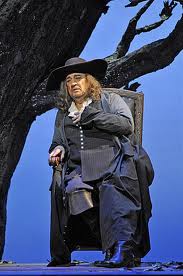 Speaking of brilliant stage performers who aren’t spring chickens anymore and yet hardly ready to screw the lids on their pots of greasepaint — as I recently did on this blog of Chita Rivera — Placido Domingo, who will shortly turn 70, shows very few signs of letting up.
Speaking of brilliant stage performers who aren’t spring chickens anymore and yet hardly ready to screw the lids on their pots of greasepaint — as I recently did on this blog of Chita Rivera — Placido Domingo, who will shortly turn 70, shows very few signs of letting up. Journalists love interviewing people who don’t toe the party line, but give an opposing view on a subject. A detractor’s opinions provide that all-important bit of tension in a story that makes it more fully rounded and readable. This opposing viewpoint is particularly important (but hard to come by) in arts journalism, where most interviewees — not to mention the reporters themselves — tend to spend their time talking about how great an artist’s work is and how excited they are about it. This is why so much arts journalism is bland and expendable.
Journalists love interviewing people who don’t toe the party line, but give an opposing view on a subject. A detractor’s opinions provide that all-important bit of tension in a story that makes it more fully rounded and readable. This opposing viewpoint is particularly important (but hard to come by) in arts journalism, where most interviewees — not to mention the reporters themselves — tend to spend their time talking about how great an artist’s work is and how excited they are about it. This is why so much arts journalism is bland and expendable. The newly-reopened Venetian Room at the Fairmont Hotel was completely packed for Friday evening’s one-night-only performance by Broadway icon Chita Rivera.
The newly-reopened Venetian Room at the Fairmont Hotel was completely packed for Friday evening’s one-night-only performance by Broadway icon Chita Rivera.